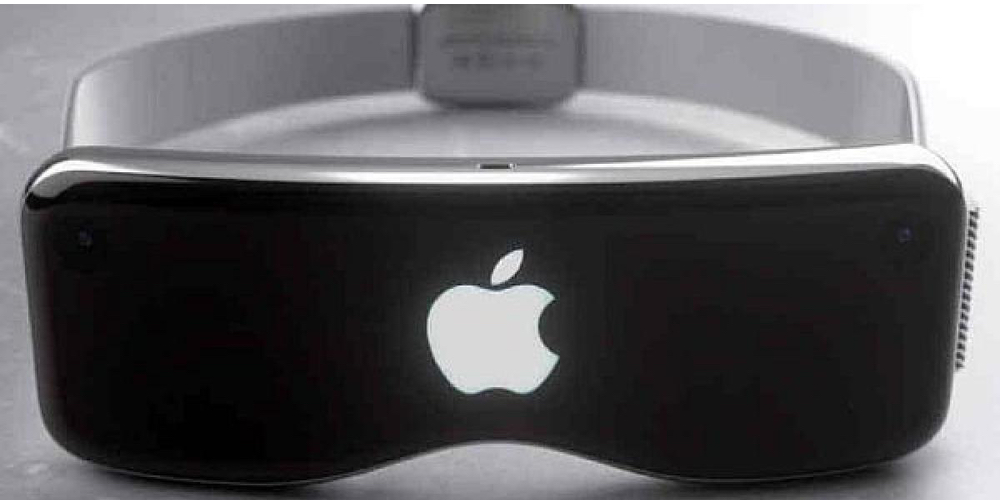Apple has been following up with its AR and VR dream for quite some time. The Cupertino giant has spent several years developing products and strategies for a commercially-compatible AR/VR device. In 2020, Apple was supposed to unveil the product officially, but the plan got shifted to 2022, citing the prototype’s incompetence and its inability to meet Apple’s quality standards. The primary issue was with the prototype’s bulky size.
Apple is Dedicated Towards Building AR/VR Devices
The latest reports surrounding the AR/VR headset by Apple states that the company is on track with its launch plans in 2022 and may also throw in an additional product for the 2023 launch – AR Glasses. The available VR headset prototype is what Apple has been focussing on and has dedicated a team of up to 1K people who are working on improving it and bringing it up to the quality standards, alongside AR Glasses. If anything, it shows that Apple is dedicated to bringing out AR/VR devices.
Apple’s VR Headset Codenamed N301
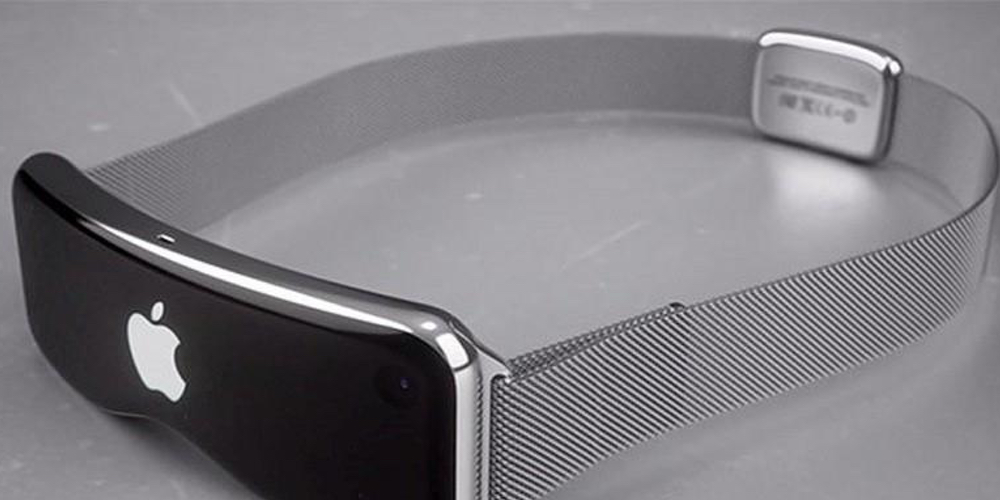
Apple’s under-development VR Headset is codenamed ‘N301,’ and the upcoming device is expected to be a costly affair for the buyers when it launches in full glory, likely in 2022. Concerning the functionality and resemblance of it, the reports state that we can expect it to look like or rival Oculus Quest, HTC’s Vive, or the PlayStation VR.
It will be a battery-operated VR headset that is expected to be heavier than its competitors and costlier. Regarding the pricing, one can expect Apple to launch them between the range of $300 to $1000 higher than the other popular and premium VR headsets on the market.
As per the reports, Apple expects to sell around 180,000 units of the headset annually, which is not quite ambitious because the company owns around 500 Apple stores. At best, we may see Apple pricing the headset around the range of $1500 to $2000. Keeping such high pricing comes easy for a company like Apple.
Geared With Power & High-end Technology
The upcoming VR headset shall come powered by an extremely powerful chipset developed by Apple. The processor is expected to be one step higher than the current M1 Apple Silicon chipset on the latest MacBook Air & Pro. The chipset might be substantially more powerful than seen on the currently marketed high-end VR headsets by Microsoft or Sony.
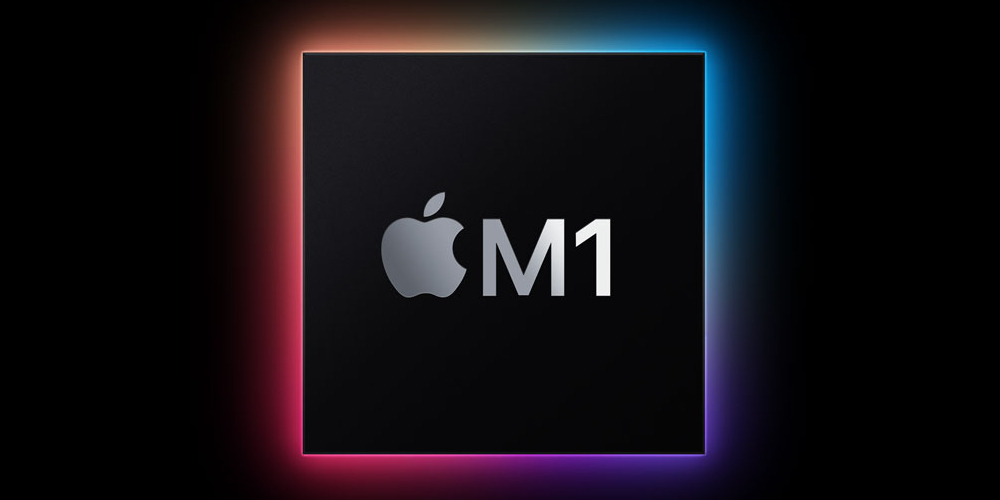
The product’s initial prototypes exposed obvious issues like heavy hardware that was not feasible for daily use and badly affected the user’s neck. Apple made some changes to it and tackled the product’s weight issue by reportedly adapting a two-part system that had two units – one being the VR headset worn by the user and the other units as a powerhouse for the hardware.
Other reports regarding the VR headset stated that Apple could go for a fabric exterior that shall keep it lightweight and easy-to-use. The report also suggests that Apple may include an internal fan to control the temperature on the headset.
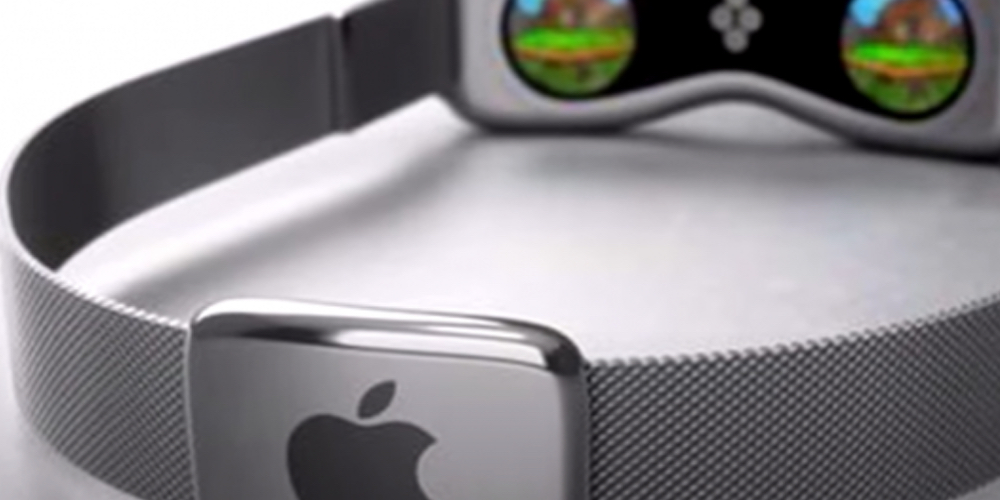
Apple aims at bringing sophisticated VR apps for its headset with high-end 3D visuals and more. The headset shall feature external cameras that will be equipped with real-time tracking of hand movements by users. The headset’s software capabilities will support functionalities like a virtual keyboard that could steer the workability of multiple apps.
Apple’s AR Glasses & Acquisition Trail
The company’s AR Glasses are codenamed N421, and they are currently in the nascent stage of development. There is no prototype for this wearable yet, but one can expect Apple to have it soon. Apple is working on AR optics – a complex technology that has to be integrated within the glasses’ limited space and weight.
Apple’s practical timeline looks like launching the VR headset first as that will be the litmus test for such wearables. After that, Apple would be in a better position to take a call of AR Glasses.
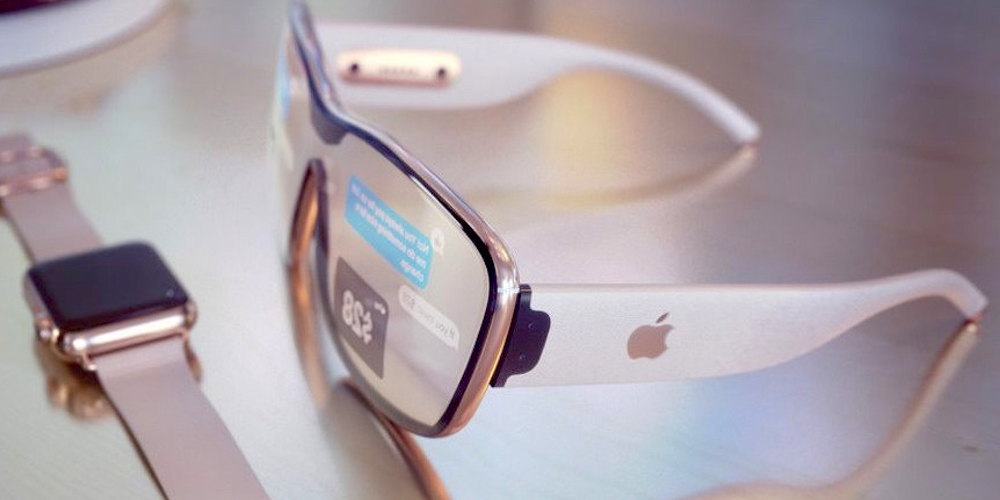
To realize its AR/VR dreams, Apple resorted to peaceful yet strategic planning. The company acquired several small companies and shall put them all to use to build a significant product.
Apple acquired Vrvana – a company behind the development of a mixed reality headset in 2017, called Totem. Similarly, Apple also acquired Akonia Holographics – a company specializing in the creation of smart AR glasses.
So, you see, Apple’s roadmap is quite clear, and the company knows its requirements.
Plans & Possibilities
As of now, we are all looking forward to Apple bringing out its commercial VR headset and AR Glasses. However, suppose the company does not come up with a final product by the expected launch date. Apple can put the standalone devices on a back burner and use the AR/VR technologies on its existing product lineups like smartphones, Apple Watch, etc.
